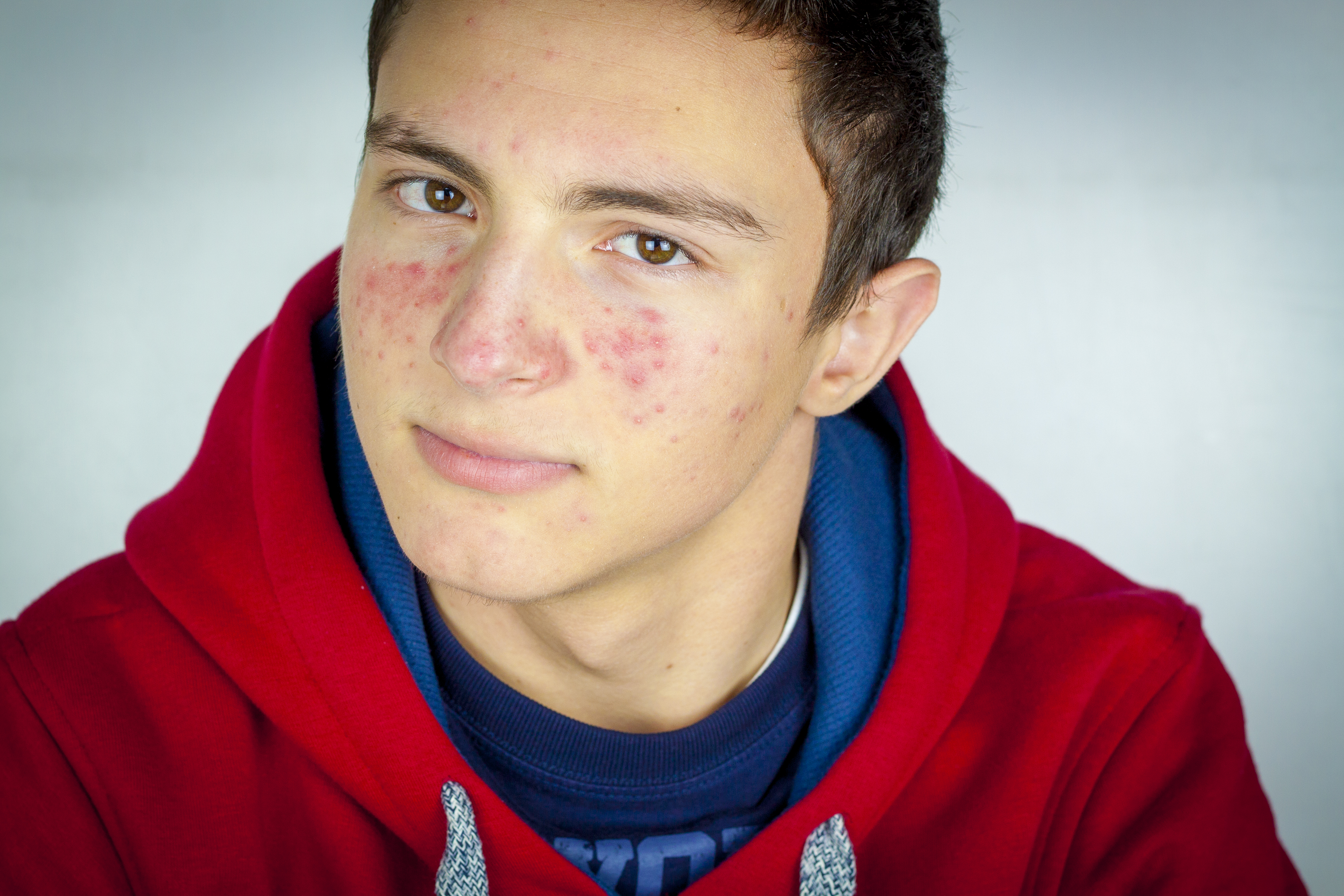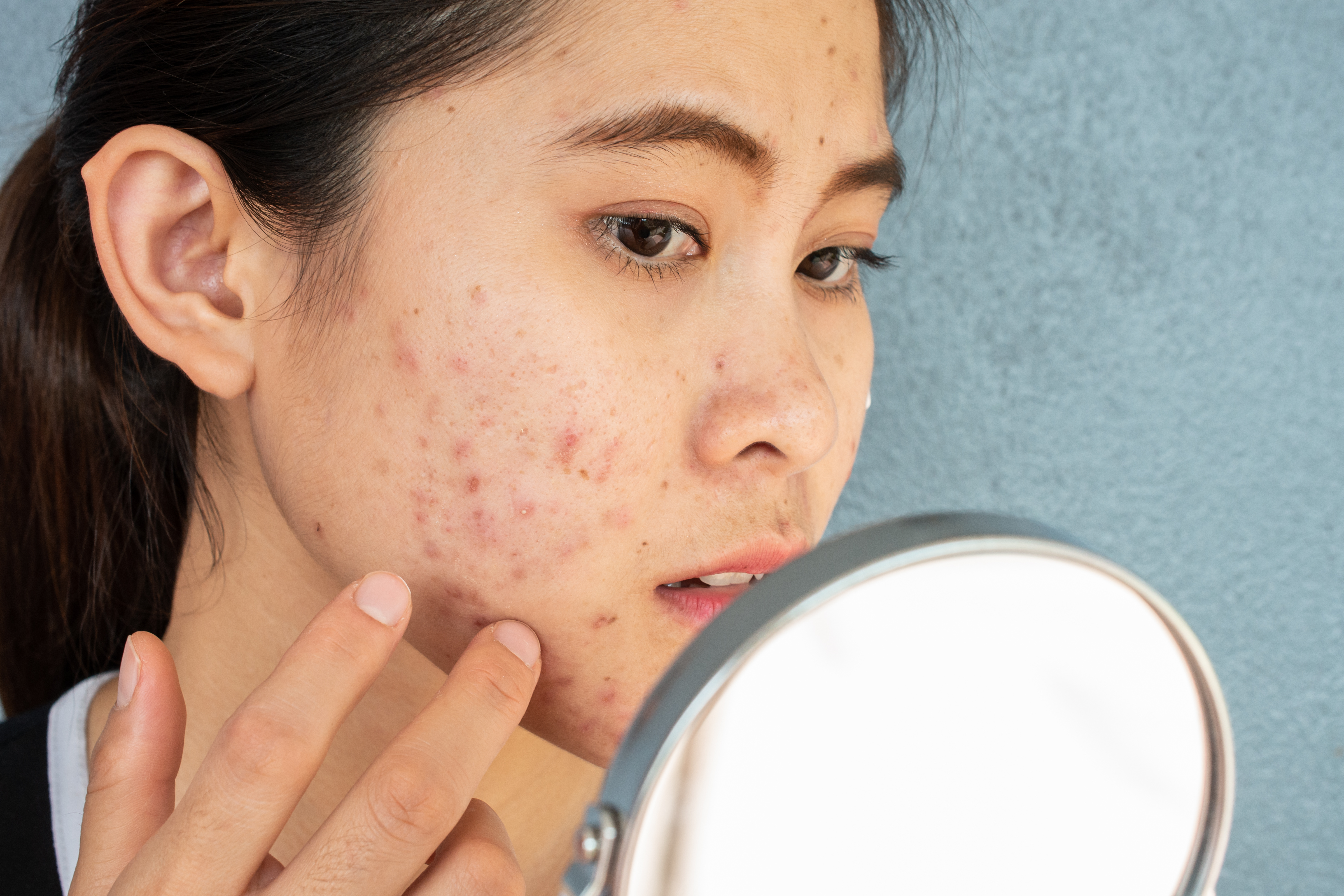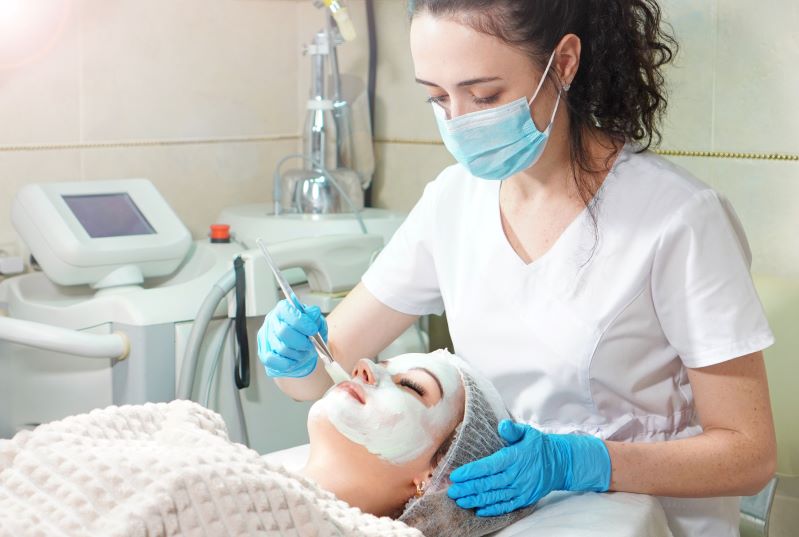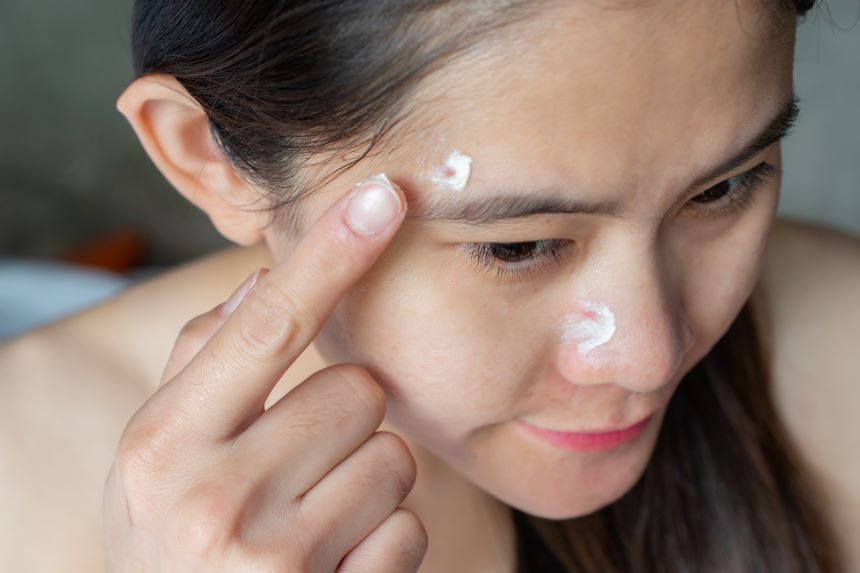For everyone, not just teenagers, acne is caused by heredity and hormones. With a family history of acne while going…

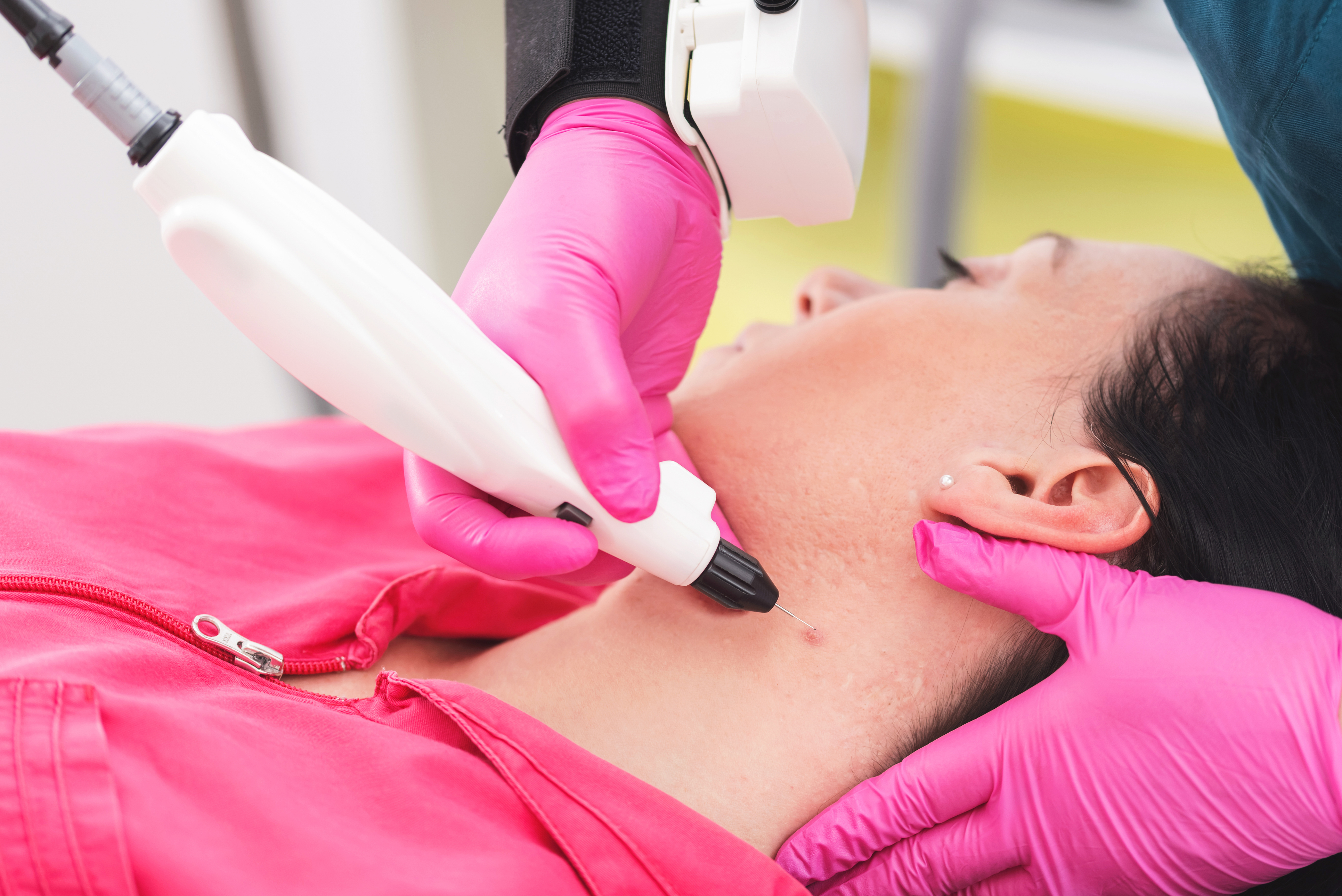 Acne
Acne
What is Cystic Acne? Learn the Symptoms & Treatment Options
Cystic Acne 101
What is Cystic Acne?
Cystic Acne is considered to be the most serious form of acne. It occurs when you experience large and painful breakouts that form deep within the skin. Cystic acne occurs when a pimple that occurs on your skin becomes trapped and infected beneath the surface of the skin.
What Causes Cystic Acne?
There can be different causes for cystic acne, including hormone changes, oily skin, pregnancy, and genetics. The most common groups of people that suffer from cystic acne are teenagers and women going through hormonal changes: pregnancy, menopause, or starting their menstrual cycles. The reason that these two groups are most at risk is because these phases of life are when levels of the hormone androgen are changing in the body. When androgen hormones become too high, there is an increase in sebum production (sebum is the oil in your skin that causes acne). So, when your body starts to develop more oil in the skin it can result in breakouts and cysts. In addition to this, if you have parents who suffered from cystic acne, you are at a higher risk of developing it as well.
What Are the Symptoms of Cystic Acne?
Severe acne cysts are the largest and most painful version of acne and they often leave a scar. The cysts develop underneath the skin and appear to look like boils on the face. They are painful to the touch and can sometimes appear as large pus-filled cysts, large white bumps, or large red bumps. Cystic acne usually develops on the face, but can also appear on the chest, neck, back, and arms.
Cystic Acne Treatment Options
Due to the fact that cystic acne is only caused by a change in hormones, genetics, and the oil production level in the skin, it must be treated by a dermatologist. Home skin care remedies as well as over-the-counter topical treatment and medication rarely work and can take a very long time to show any sort of result. Regular cleansing and removing dead skin cells won’t help either.
Cystic acne can be treated by any of the following treatments:
- Oral Antibiotics: Oral antibiotics work to reduce inflammation and kill these acne-causing bacteria.
- Isotretinoin (Accutane): Isotretinoin works by decreasing the size of the sebaceous glands in the skin. The sebaceous glands are responsible for creating sebum, the oil in the skin that can clog pores and cause acne. When the sebum is controlled, breakouts stop. Isotretinoin can have serious side effects, so be sure to discuss in detail with your dermatologist the steps you need to take before starting this medication.
- Oral Contraceptives (for women): Oral contraceptives contain estrogen and progesterone hormones. These extra hormone levels work to reduce the level of androgen hormones in the body. When androgen levels are low, oil production is slowed, and breakouts are less likely to occur.
- Manual Excision: This is a surgical procedure in which your doctor will make a small incision in the skin to remove the cystic pimple or infected pus-filled material.
- Intralesional Corticosteroid Injections: These injections are shots that contain an artificial version of cortisone (like the hormone cortisol). The shots are injected directly into the cyst and help to provide pain relief and shrink the size of acne cysts.
When it comes to getting rid of cystic acne, it can take a few tries to find the right treatment for your skin. Everybody reacts differently to treatment so be sure to keep your dermatologist informed of any changes you might be using in your skin when starting acne treatment.
Sources
This blog is based on research and/or other scientific articles and is written by our experienced Chief Strategy Officer and Pharmacist, Ronak Desai. This blog is fact checked by our educated Pharmacist in Charge, Darshan Patel, who additionally runs our Apotheco Manhattan location.
Here at Apotheco Pharmacy Group, our goal is to provide the most up to date and accurate information on health and dermatology related topics. We do this to ensure our readers can make informed decisions based on factual content. All blogs undergo an extensive review process before posted.
This blog contains trusted sources. All sources are listed at the bottom of this article with hyperlinks that take you directly to the source.
